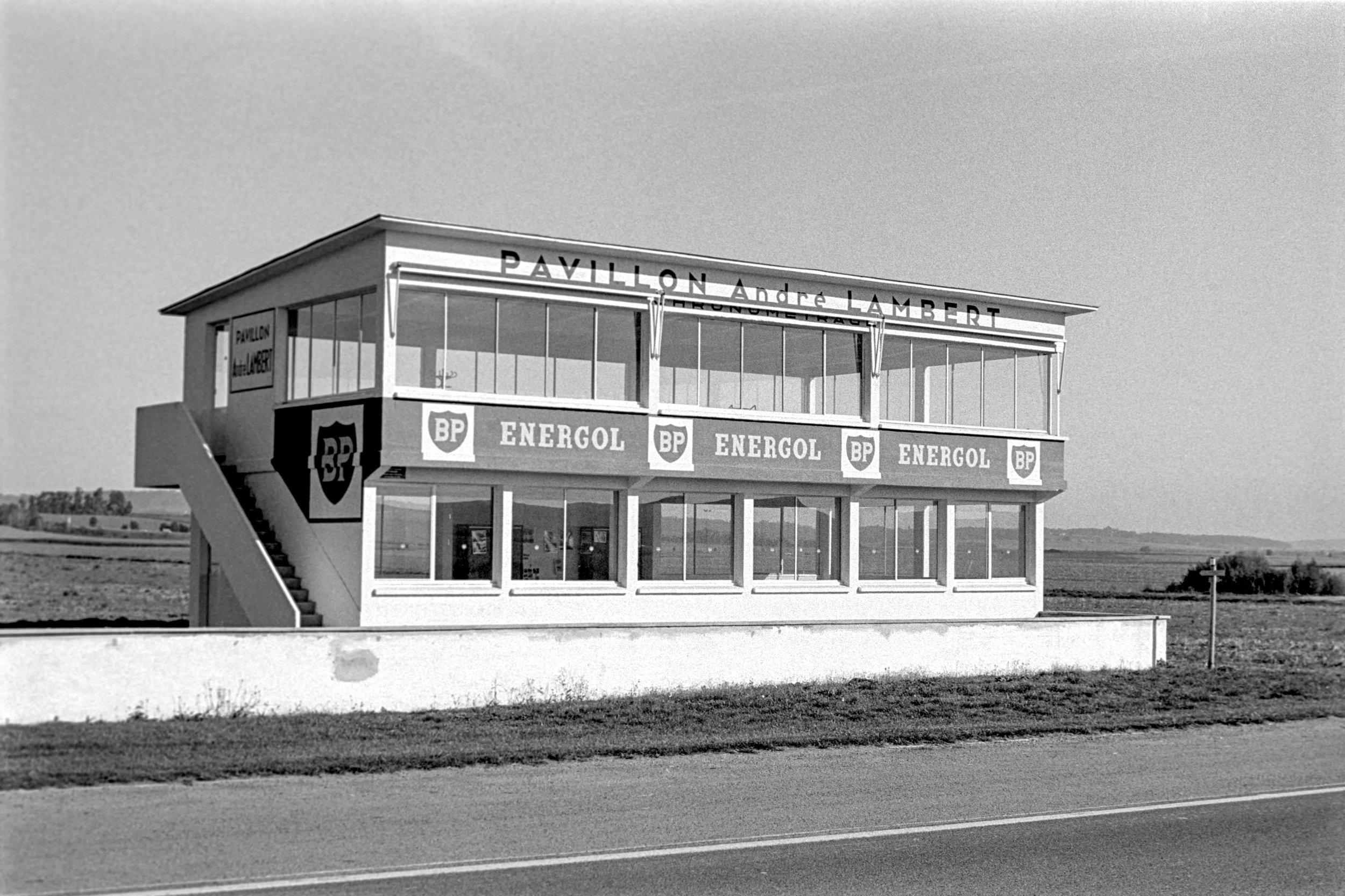Shooting Kodak Tri-X 400 (35mm)
The imposing Fort Victor Emmanuel. 1/250s 50mm F8.0 with polariser.
Make no mistake Kodak’s Tri-X 400 is a legend amongst film stocks. It was released back in 1954 primarily for photojournalists as one of the earliest high-speed films on the market. Its characteristic strong contrast and good exposure latitude quickly made it a favourite that continued to see strong success for many decades. In fact, many of the most famous black and white images you’ve seen in the history books were most likely taken on this film stock. There’s a well-known story that when Kodak filed for bankruptcy in 2012 well-known photojournalist Don McCullin went out and panic bought a huge stock in case it went out of production. Thankfully it’s still readily available today in both 35mm and 120. It has remained largely unchanged since its release almost seventy years ago, but the emulsion did undergo revision in 2007 to give it a finer grain structure that retained its main characteristics but made it easier to scan digitally (as did many other emulsions at the time).
The Michelotti Pura in much greater detail than last week’s blog with the Kodak P3200. 1/50s 50mm F11.
The greater detail is also clearly visible in the shot of the interior and it is a good illustration of the range of contrast and latitude this film provides. 1/200s 50mm F4.0.
The road by the deep blue Lac du Mont Cenis. 1/200s 50mm F8.0 with polariser.
Shooting it back-to-back with P3200 (which you can read about here) was a bit of a shock when comparing the two side by side. Looking at my photos of the Michelotti Pura it’s instantly obvious how much finer the grain is and how much more detail is present. Not hugely surprising considering I am comparing ISO 3200 to ISO 400 but as someone who’s still new to film photography (and especially to black and white) I appreciated seeing the difference on my own photos with my own eyes. It’s not hard to see why a film this detailed at such a high speed at ISO 400 would have been so popular back in the 1950s long before the technology we have available today. Shooting it during daylight hours gave me plenty of options to either increase my shutter speed or close off my aperture depending on what I needed.
The MGF situated with an appropriate Alpine mountain background. 1/250s 50mm F8.0 with polariser.
A closer view of the snowy mountains, I like the contrast amongst the trees but I had expected a bit more contrast between the rock and the snow. However it was a bright sunny day. 1/250s 200mm F8.0 with polariser.
I was happier with the contrast of the rock and snow in the background of this photo and I was very pleased with how this Fiat Panda 4x4 was rendered with its fine details. 1/400s 50mm F8.0 with polariser.
A view on Fort Victor-Emmanuel from a different angle. 1/320s 50mm F8.0 with polariser.
Another part of the fortification complex - Redoute Marie Thérèse. 1/100s 50mm F8.0 with polariser.
As you will have worked out pretty quickly this was the other roll of film that I took with me on my trip to Italy & France back in September, so I had plenty of interesting subjects, including snow-topped mountains to put this film stock through its paces. If I am honest, while the contrast is there to separate out the different elements of the image, I was a little bit disappointed there wasn’t a bit more between the rock and the snow. However, I think the more I shoot black and white film the more I realise my expectations don’t often match up to reality. It’s all a learning curve. I do also think that some of the exposure latitude is being lost when I scan the photos digitally and it is something I may need to revisit to try and get better results.
Monochrome is a great way to play around with shadows in your images. 1/640s 50mm F8.0 with polariser.
A comparison to show how important using a circular polariser is for black and white photography. This way around is creates a much darker sky… 1/250s 50mm F8.0 with polariser.
…and then spun the other way creates a much lighter sky. It’s up to you what effect you want to create but make sure you give yourself the option. 1/640s 50mm F8.0 with polariser.
The pitlane & media building of the now defunct Reims-Gueux race circuit. 1/640s 50mm F8.0.
Using shapes, looking through the stand. You’ll see more of the Reims-Gueux circuit in a later blog. 1/800s 50mm F4.0.
So, will I be shooting this again? That’s actually a tricky question because this has a big rival in Kodak’s very own 400 T-Max, a more modern emulsion that I imagine was originally intended as a replacement back in the 1980s. However, it proved to be controversial due to its differing characteristics and Tri-X remains the more popular of the two. With its more pronounced grain structure Tri-X is definitely the more classical looking, so if that is what you are after then that is the clear winner. My thoughts on T-Max 400? Well, you’ll have to tune in for next week’s blog.
Château de Duingt at lake Annecy. 1/125s 50mm F8.0 with polariser.
A man tries his luck as fishing whilst a speedboat jets by in the background. It’s this kind of action that this film stock was made for. 1/125s 50mm F8.0 with polariser.
If you enjoyed this blog then please consider leaving a tip below.















